![]()
![]()
![]()
Use LEFT and RIGHT arrow keys to navigate between flashcards;
Use UP and DOWN arrow keys to flip the card;
H to show hint;
A reads text to speech;
56 Cards in this Set
- Front
- Back
|
Layers of arteries and veins |
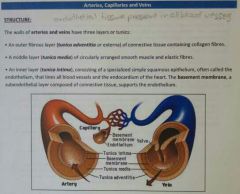
|
|
|
Structure and functions of arteries |

|
|
|
Share and function of veins |

|
|
|
Structure and functions of capillaries |

|
|
|
Differences between an artery and vein |
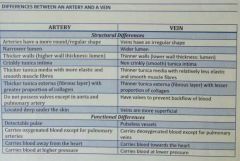
|
|
|
Structural and functional adaptation of capillaries |

|
|
|
Blood pressure |
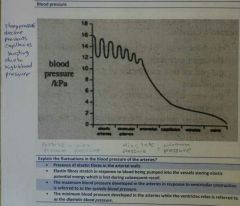
|
|
|
State and explain the relationship between the blood velocity and total cross sectional area |
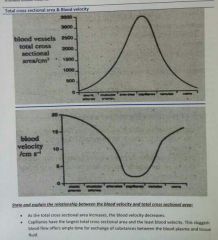
|
|
|
Arteries maintain their blood velocity despite fluctuation in blood pressure due to |

|
|
|
Veins have a higher blood velocity than capillaries despite a lower blood pressure due to |

|
|
|
Comparing vessel diameter, total cross sectional area, average blood pressure and blood velocity through the systemic vessels |
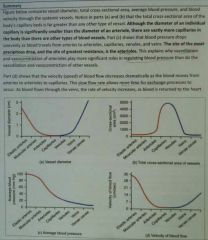
|
|
|
Blood composition |
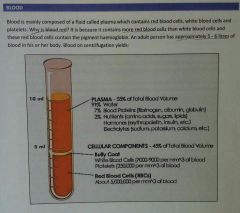
|
|
|
Red blood cells (erythrocytes) |
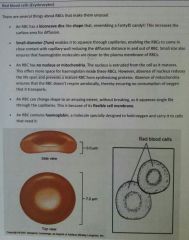
|
|
|
White blood cells ( leukocytes ) |
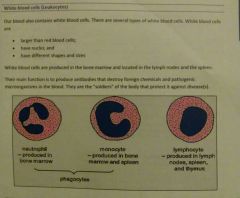
|
|
|
Platelets (thrombocytes) |

|
|
|
Summary of formed elements of the blood |
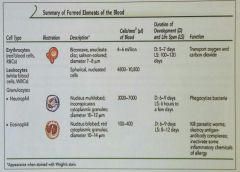
|
|
|
Plasma |

|
|
|
Functions of blood |
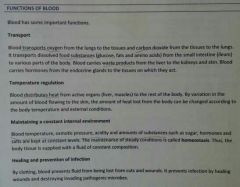
|
|
|
Tissue fluid - exchange of substances between blood and tissues |
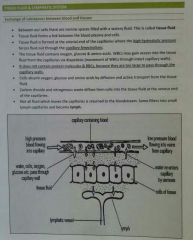
|
|
|
Lymphatic system |
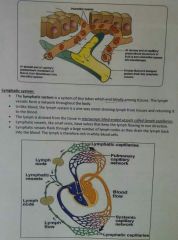
|
|
|
Functions of lymphatic system |
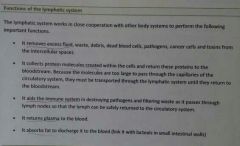
|
|
|
Differences between blood plasma tissue fluid and lymph |
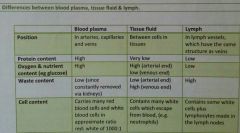
|
|
|
Haemoglobin - structure and function |
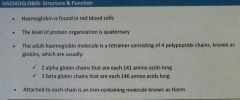
|
|
|
Oxygen transport by hemoglobin |

|
|
|
Oxygen transport by hemoglobin (2) |

|
|
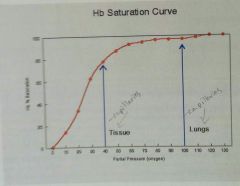
|

|
|
|
Carbondioxide transport |
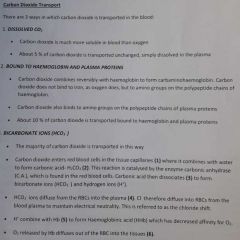
|
|
|
Explain the importance of carbonic anhydrase reaction |

|
|
|
The Bohr effect |
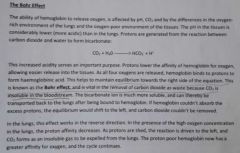
|
|
|
Explain how carbon dioxide stimulates to release of oxygen from blood |

|
|
|
Hemoglobin dissociation curve shifts to the right indicating decrease affinity under the following conditions |
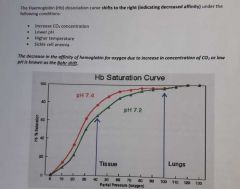
|
|
|
Explain the significance of Bohr shift |

|
|
|
How does rise in temperature affect the haemoglobin dissociation curve |
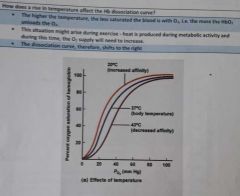
|
|
|
The hero Govind curve shifts to the left indicating increased affinity under the following conditions |
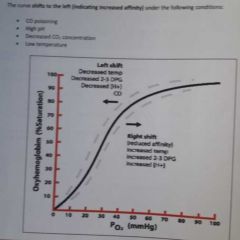
|
|
|
How does the structure of haemoglobin aid in the uptake of oxygen from lungs |

|
|
|
Myoglobin |

|
|
|
Foetal hemoglobin |

|
|
|
Fetal hemoglobin and myoglobin diagram |
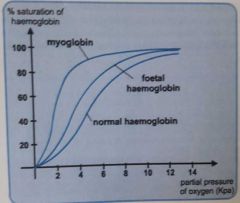
|
|
|
Acclimatization |

|
|
|
Explain how an individual that's when he moves from low altitude to high altitude |

|
|
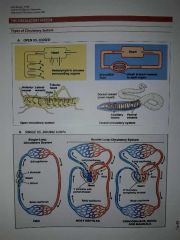
The circulatory system |

|
|
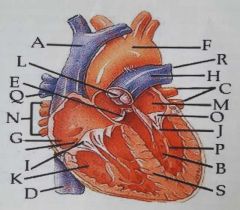
Heart |
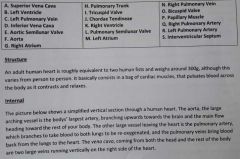
|
|

Heart internal structure |

|
|
|
Cardiac muscle |

|
|
|
Why are ventricular Chambers more muscular when compared with atrial Chambers |

|
|
|
Why is left ventricular wall much thicker than the right ventricular wall |

|
|
|
The pressure developed in the left and right Atrium almost the same whereas the pressure developed in the left ventricle is way higher when compared with the right ventricle. Explain why ? |

|
|
|
Cardiac Cycle |

|
|
|
Cardiac Cycle diagram |

|
|
|
Cardiac Cycle diagram (pressure) |

|
|
|
Regulation of heart rate |

|
|
|
Regulation of heart rate (2) |

|
|
|
Electrocardiogram diagram |

|
|
|
Blood pressure |

|
|
|
Cardiac output |

|
|
|
Frank starling law |

|

